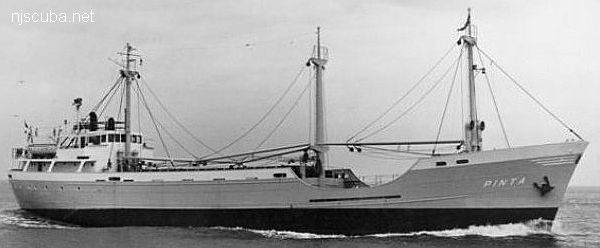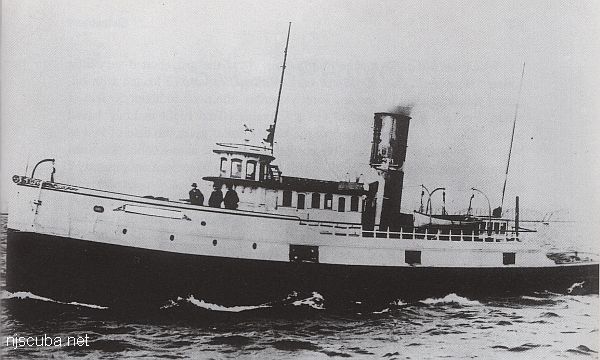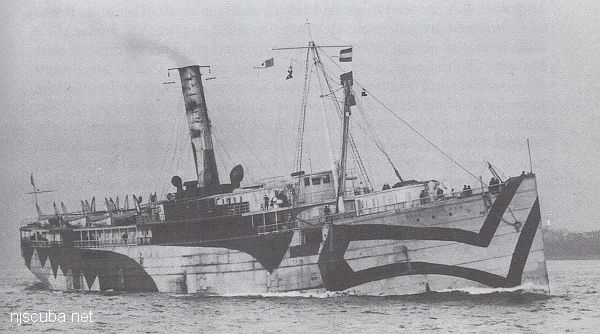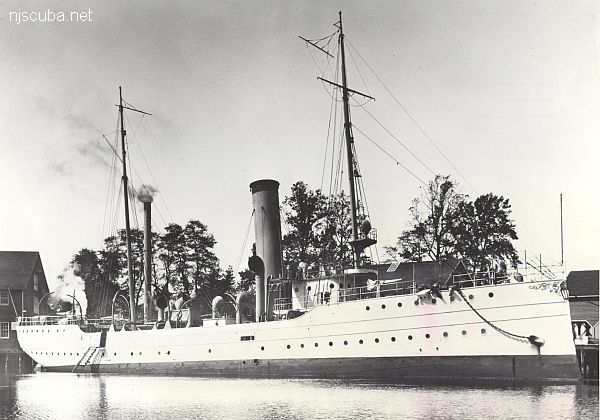Depth: 70 - 75 ft
2.4 nautical miles south of Moriches Inlet
More: Moriches Artificial Reef ...
Depth: 70 - 75 ft
2.4 nautical miles south of Moriches Inlet
More: Moriches Artificial Reef ...
Deep and dark, the Mud Hole is the Hudson River's channel from a time when the oceans were much lower. Today it collects all the silt and sediment that the river carries out to the sea, making it a very fertile fishing ground, frequented by pelagic fishes and sharks. The contour shown on the chart is not any particular depth, but do give an idea of the location.
More: Mud Hole ...
Probably so-named because it is the next-closest thing to the Pinta at the same depth. So if that wreck turns out to be occupied by another boat, you get a "New Deal". Seldom visited, so should be good for fish and lobsters. A large and relatively intact barge filled with stones. Known by many other names, depending on who you ask.
More: New Deal ...

More: Pinta ...

More: Poling Brothers #2 ...

More: Princess Anne ...

More: R.C. Mohawk ...